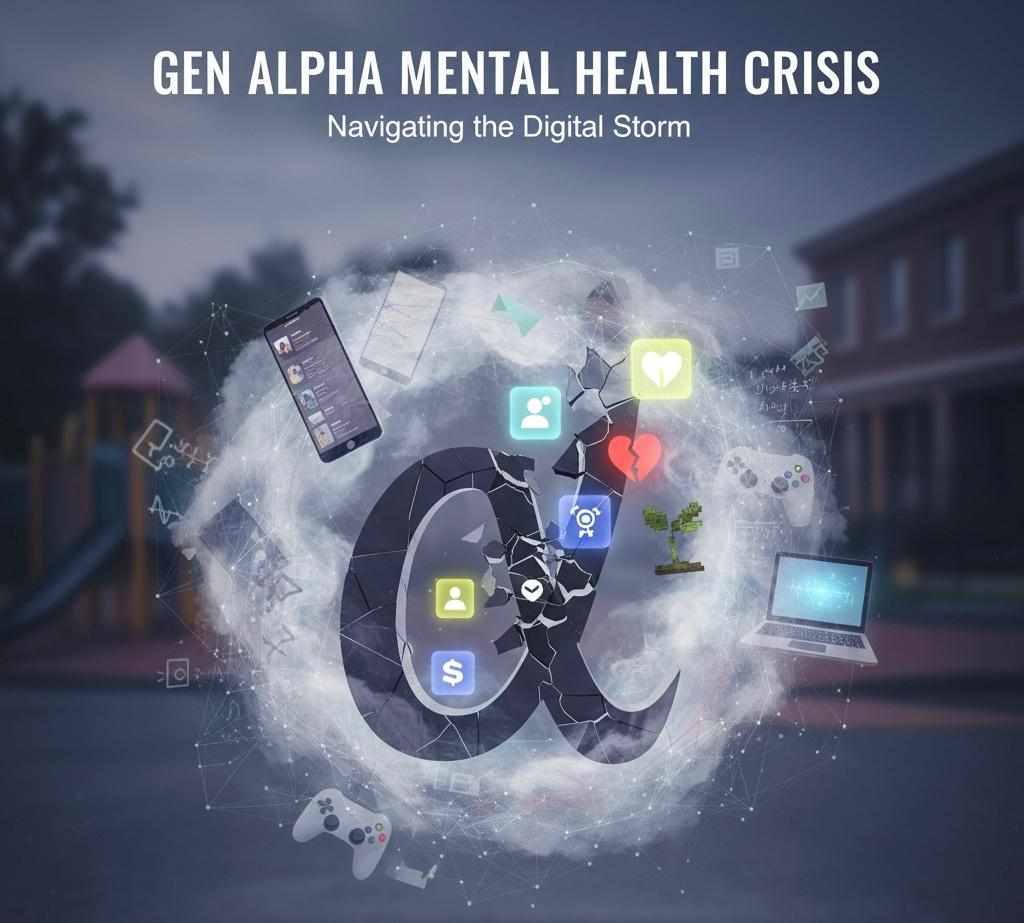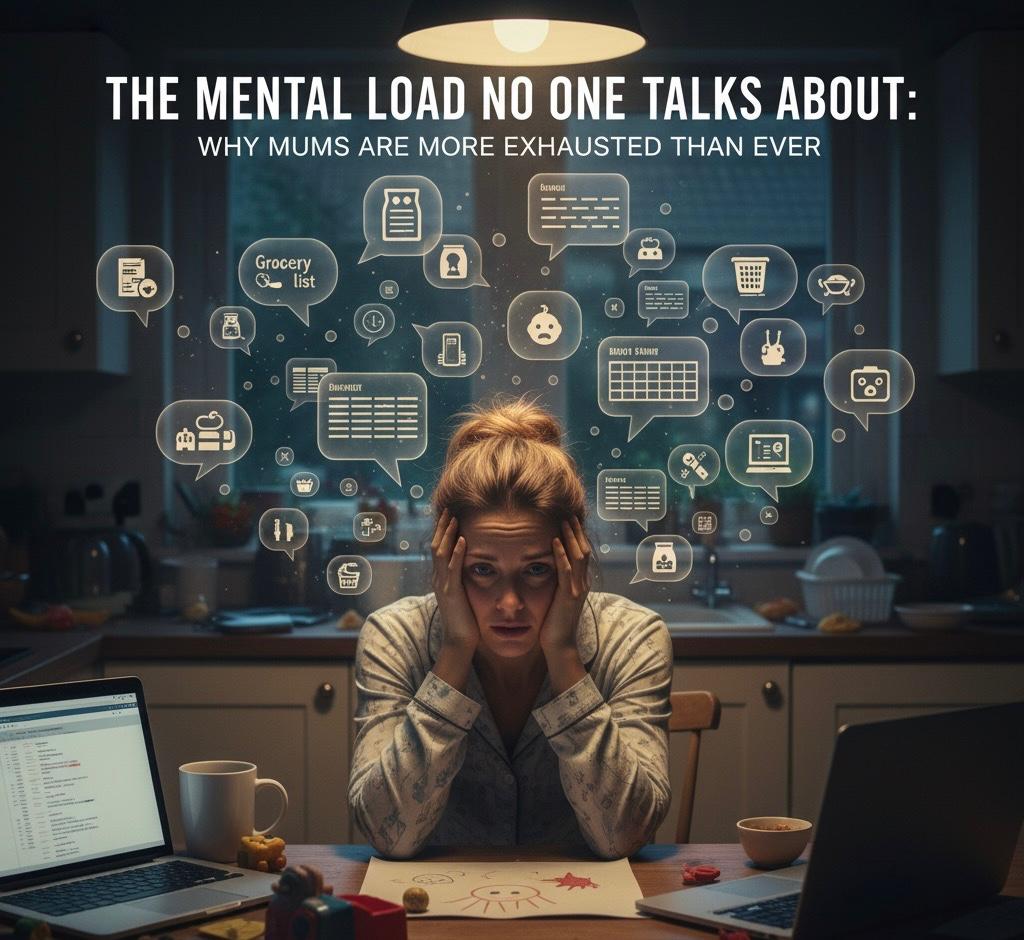Abusive relationships can often be difficult to identify, especially when emotional or psychological abuse is involved. This article aims to shed light on the various signs of an abusive relationship, offering guidance for individuals who may be questioning the health and safety of their relationships. Understanding these signs is crucial for taking steps towards safety and healing.
Introduction
Abuse in relationships can take many forms, from physical and sexual to emotional and psychological. Recognizing the signs of an abusive relationship is the first step in seeking help and escaping the cycle of abuse. This article seeks to provide a comprehensive overview of these signs and offer advice for those who find themselves in such situations.
Signs of an Abusive Relationship
- Physical Abuse: This is the most visible form of abuse and includes any act of violence or physical harm.
- Emotional Abuse: Emotional abuse can be more difficult to identify. It includes behaviors such as belittling, constant criticism, and manipulation.
- Control: Abusers often seek to control their partners’ actions, choices, and movements, isolating them from friends and family.
- Financial Abuse: This involves controlling a partner’s financial resources, limiting their ability to use, acquire, and maintain financial assets.
- Sexual Abuse: This includes any non-consensual sexual activity or behavior.
The Cycle of Abuse
Understanding the cycle of abuse is key to recognizing it. This cycle often includes a tension-building phase, an incident of acute abuse, followed by a reconciliation phase, and a period of calm before the cycle repeats.
Impact of Abuse
- Physical and Mental Health: Abuse can lead to both physical injuries and long-term mental health issues like depression, anxiety, and post-traumatic stress disorder.
- Self-Esteem: Victims of abuse often experience a decline in self-esteem and self-worth.
- Isolation: Abusers often isolate their victims from their support network, making it harder for them to seek help or escape.
Steps to Take
- Acknowledge the Abuse: Recognizing that you are in an abusive relationship is a critical first step.
- Seek Support: Reach out to friends, family, or professional services for support. Many organizations offer resources for victims of abuse.
- Create a Safety Plan: If you’re planning to leave an abusive relationship, it’s important to have a safety plan in place. This may include saving money, securing important documents, and finding a safe place to stay.
- Professional Help: Consider seeking counseling or therapy to help process your experiences and rebuild your sense of self.
Conclusion
Identifying an abusive relationship is a crucial step in the journey towards safety and healing. It’s important for individuals to recognize the signs of abuse and take appropriate action. Remember, abuse is never acceptable, and support is available. Taking the first step can lead to a safer, healthier future.
References
- National Domestic Violence Hotline. (2023). Understanding Abuse. NDVH.
- World Health Organization. (2023). Intimate Partner Violence. WHO.
- Centers for Disease Control and Prevention. (2023). Preventing Intimate Partner Violence. CDC.
How to get in touch
If you or your patient/NDIS clients need immediate mental healthcare assistance, feel free to get in contact with us on 1800 NEAR ME – admin@therapynearme.com.au.







